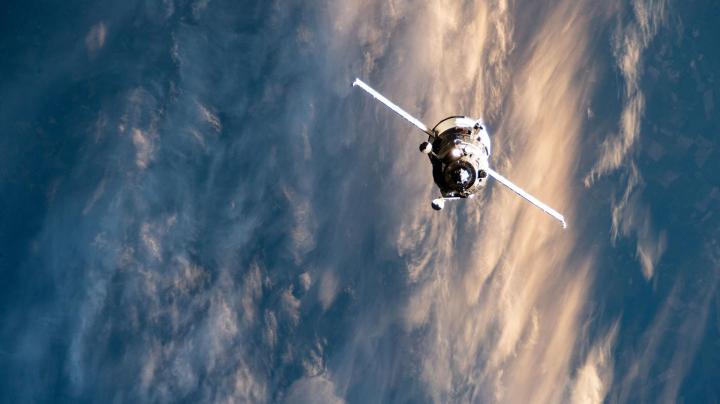
If you’re looking for some romantic entertainment for this Valentine’s Day, we have something you’ll enjoy. Two separate rockets are launching tonight: A SpaceX Starlink mission using a Falcon 9, and an International Space Station (ISS) resupply mission by the Russian Progress 77 craft carried by a Soyuz rocket.
We’ve got all the details on how to watch both of these events tonight. And what’s more romantic than rocket launches?
SpaceX Starlink launch
SpaceX is planning to launch another batch of 60 Starlink satellites today, Sunday, February 14, at 11:21 p.m. ET. The launch will take place at Cape Canaveral Space Force Station in Florida from Space Launch Complex 40 (SLC-40).
The rocket being used is a Falcon 9, the first stage booster of which has previously been used in no less than five missions including two resupply missions to the ISS and one previous Starlink mission.
You can expect the launch coverage to cover the liftoff, the separation of the booster and its catch by the droneship Of Course I Still Love You, and the deployment of the satellites.
Coverage begins around 11:05 p.m. ET and you can watch using the video embedded above or on SpaceX’s YouTube channel.
Russian Progress 76 resupply ship launch
Just a little bit later, the Russian Progress 77 resupply ship will launch from the Baikonur Cosmodrome in Kazakhstan. The launch is scheduled for 11:45 p.m. ET on Sunday, February 14.
The craft will take two days to reach the ISS, where it will remain docked with the Russian segment of the station for several months. Once its stay is complete, it will undock from the station and burn up in Earth’s atmosphere.
NASA TV will be showing coverage of the mission, beginning with pre-launch coverage from 11:15 p.m. ET. Once the ship arrives at the ISS, coverage of docking will be shows from 12:30 a.m. ET on Wednesday, February 17, with docking itself scheduled for 1:20 a.m.
You can watch the coverage either using the video embedded above or by tuning in via NASA’s website.
Editors' Recommendations
- Watch SpaceX’s Crew Dragon take one of its shortest journeys on Thursday
- SpaceX’s Falcon 9 rocket just completed a milestone mission
- SpaceX all set for a record-breaking rocket launch on Friday
- SpaceX shares stunning night shot of its Super Heavy booster
- Watch SpaceX fire Starship’s Raptor engines ahead of 4th test flight



